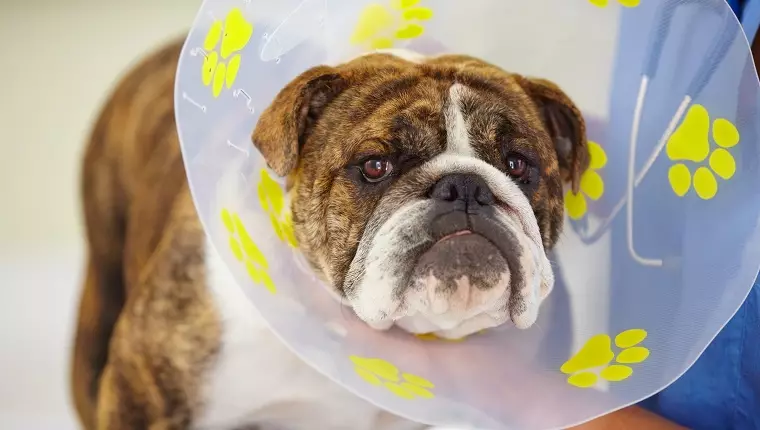As February ushers in Spay/Neuter Awareness Month, it presents an ideal opportunity for dog owners and animal advocates alike to shed light on an issue that profoundly impacts our pet population. While today, the conversation surrounding spaying and neutering is not just common but essential, this was not always the case. Reflecting on the past can help underscore the crucial role of these practices in promoting responsible pet ownership and addressing pet overpopulation.
Over a century ago, efforts to manage the pet population were dire and often inhumane. Animals seen as undesired could face tragic fates, with methods like drowning and shooting employed as acceptable solutions. Anesthesia, when it was used, lacked the safety measures we now take for granted, rendering procedures not only unethical but also dangerous. This history starkly contrasts today’s consensus that spaying and neutering are fundamental responsibilities of pet ownership. A look back serves not only as a reminder of how far we’ve come but also highlights the necessity of these procedures to safeguard animal welfare.
In the decades leading into the mid-20th century, structural changes in society further complicated the issue. As urbanization increased, the popularity of household pets spiked, leading to a burgeoning population that far outpaced humane control methods. The emergence of stray animals reached alarming levels, particularly during tough economic times such as the Great Depression, where the American Society for the Prevention of Cruelty to Animals (ASPCA) reported staggering numbers of stray animals abandoned in cities.
The 1930s marked a watershed moment when spaying and neutering became feasible for the general public. Available options expanded, yet cultural attitudes toward pets, particularly cats, remained antiquated. Cats were often perceived as quasi-wild creatures, roaming without constraint unless they disrupted local communities. This mindset stymied early efforts to control the pet population, leaving shelters in dire straits as they struggled with overwhelming intakes and soaring euthanasia rates, particularly before the 1970s.
The introduction of low-cost spay/neuter clinics in urban areas, starting with Los Angeles in 1969, ignited a nationwide dialogue about the importance of sterilization in animal welfare. No longer could the discussion focus solely on convenience for pet owners; it had to encompass the overarching moral imperative of preventing overpopulation. This shift was evidenced when the ASPCA instituted a sterilization requirement for all animals adopted from shelters in 1972, signaling a transformation in the approach to animal care.
The passionate work of rescue groups, shelters, and advocates over the subsequent decades fostered public awareness that has resulted in a dramatic decrease in euthanasia rates. Where over 100 animals were lost per 1,000 people in the past, this number has now dropped to about 12.5. Still, the plight of unwanted animals remains a pressing concern, with millions still euthanized annually.
Amidst these successes, innovation continues to drive the conversation on pet sterilization. Organizations like the Alliance for Contraception in Cats & Dogs are exploring non-surgical alternatives that might one day revolutionize pet sterilization. Advancements in medical research, like those from the California Institute of Technology, herald a future where a simple injection could replace surgical procedures entirely. While these options are not mainstream today, they represent an exciting frontier in animal care.
As we observe Spay/Neuter Awareness Month, we are reminded not just of the progress made but also the ongoing challenges that persist. The responsibility to educate fellow pet owners about spaying and neutering cannot be overstated. Though strides have been taken, complacency is not an option. Each individual can contribute to a broader societal change through advocacy, education, and action.
The question remains: can we achieve a point where the pet population stabilizes? The goal may seem ambitious, but history tells us that collective action can catalyze significant change. This February, let us pledge to engage in open conversations, share resources, and support initiatives aimed at responsible pet ownership. Together, we can continue to learn from our past and advocate for a future free of unnecessary suffering, where every pet has the chance to lead a healthy, happy life.

